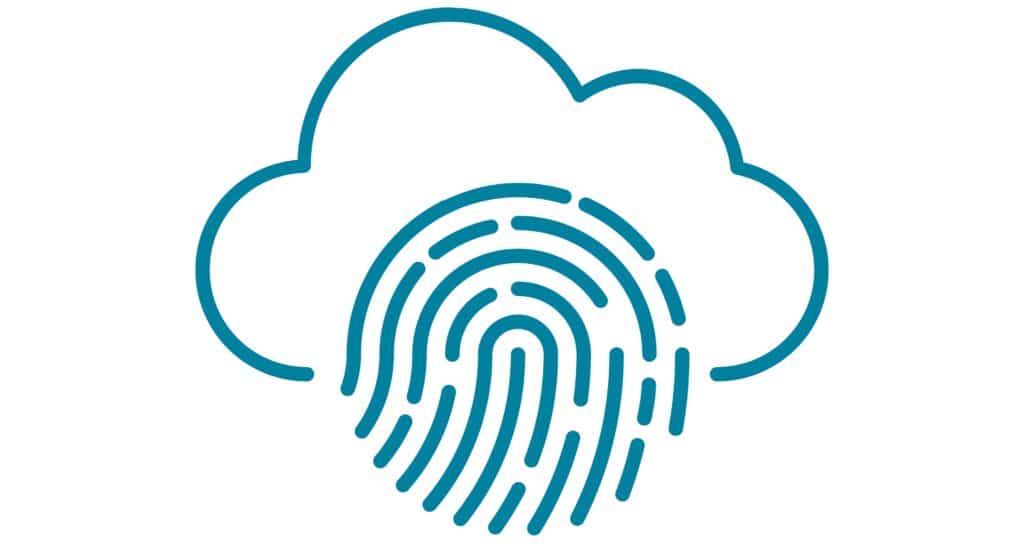Securing the cloud – the peerless role of biometrics
While businesses embark on a digital transformation journey, cloud adoption is undoubtedly the cornerstone for new-age enterprises.

While businesses embark on a digital transformation journey, cloud adoption is undoubtedly the cornerstone for new-age enterprises.
Statistics reveal that the global cloud applications market is expected to reach 168.6 billion U.S. dollars by 2025, which was 133.6 Billion U.S. dollars back in 2021. Moreover, the cloud application market is also anticipated to grow at an annual growth rate of 4.8 percent.
However, the surging demand for the cloud doesn’t necessarily guarantee security for sensitive business and consumer information; certain risks associated with cloud computing are still the bottleneck of many enterprises.
What’s more worrisome is that many enterprises using cloud computing are still relying on user ids and password authentication. This can be quite risky, especially when breaching frail authentication mechanisms isn’t a tough nut to crack.
Here’s where the critical role of biometric authentication comes into play!
Let’s dig deeper into this and understand the aspects of biometric authentication that help businesses stay ahead of the competition without compromising security.
Why passwords and PINs won’t work in a digitally advanced modern world?
Stats reveal that authentication methods like PINs and passwords are still widely used across various cloud applications with 63.02 percent of businesses still relying on standard login. And the reason behind their existence in the 21st century is the fact that most brands find it simple, portable, familiar, and inexpensive to deploy.
This is where organizations fall prey to several cybersecurity threats and compromise crucial business information that can cause losses worth millions of dollars.
Cyber attackers are always on a hunt for weak passwords that can be guessed or compromised using various tricks, including phishing, social engineering, or brute force attack.
Besides this, organizations relying on password authentication mechanisms are also at risk of compromising sensitive consumer information. If they lose consumer data, they could be entitled to hefty fines since consumer data privacy, and security laws like GDPR and CCPA are getting more stringent.
So can’t we implement stronger password policies? Yes, we do, but today’s digital-first workplace and new-age consumers demand a frictionless authentication experience right from the moment they interact with a brand.
Using robust authentication mechanisms, including biometric authentication, can help brands ensure the highest level of security since these authentication methods are pretty much harder to bypass.
Bridging the gap with biometric authentication
With biometrics, users can leverage secure and quick authentication and authorization without compromising user experience.
Moreover, biometric authentication is firmly established and supported by various robust cloud data privacy and security standards that ensure user information is gathered, stored, and managed securely and no unauthorized person has access to it.
Biometric authentication can be implemented at various checkpoints when discussing organization-level security and user workflow, especially when systems are deployed over the cloud.
Whether PCs or smartphones, biometric authenticators in the form of fingerprint scanners and facial recognition systems can be of great help, especially in scenarios where there are multiple authentication requirements.
Apart from this, organizations can consider relying on biometric hardware-based tokens that offer access to sensitive resources on a network without conventional authentication processes demanding usernames and passwords.
Multi-factor authentication (MFA) and biometrics
When securing crucial business information and sensitive consumer data, multi-factor authentication plays a vital role.
MFA ensures that the user goes through multiple layers of authentication before accessing any resource or system.
Conventionally MFA may ask users to provide a one-time password sent to them through text on their phone or email. Once the user enters the password, the session is authenticated.
However, this procedure may hamper the user experience. Thus, biometric MFA could be a game-changer since it quickly analyzes one of the unique biometric identifiers and rapidly provides access.
Also, biometric authentication in MFA is considered more secure when compared to other conventional methods since every person has a unique biometric identifier.
The bottom line
With technology evolving leaps and bounds and businesses swiftly adopting cloud capabilities, security is often overlooked, especially concerning authentication.
Biometric authentication offers the next level of authentication security for cloud applications and devices that connects users and provides access to resources.
Businesses planning to leverage the cloud for digital transformation shouldn’t ignore the importance of biometric authentication as a part of their information security policy.
Originally Published at Biometric Update



